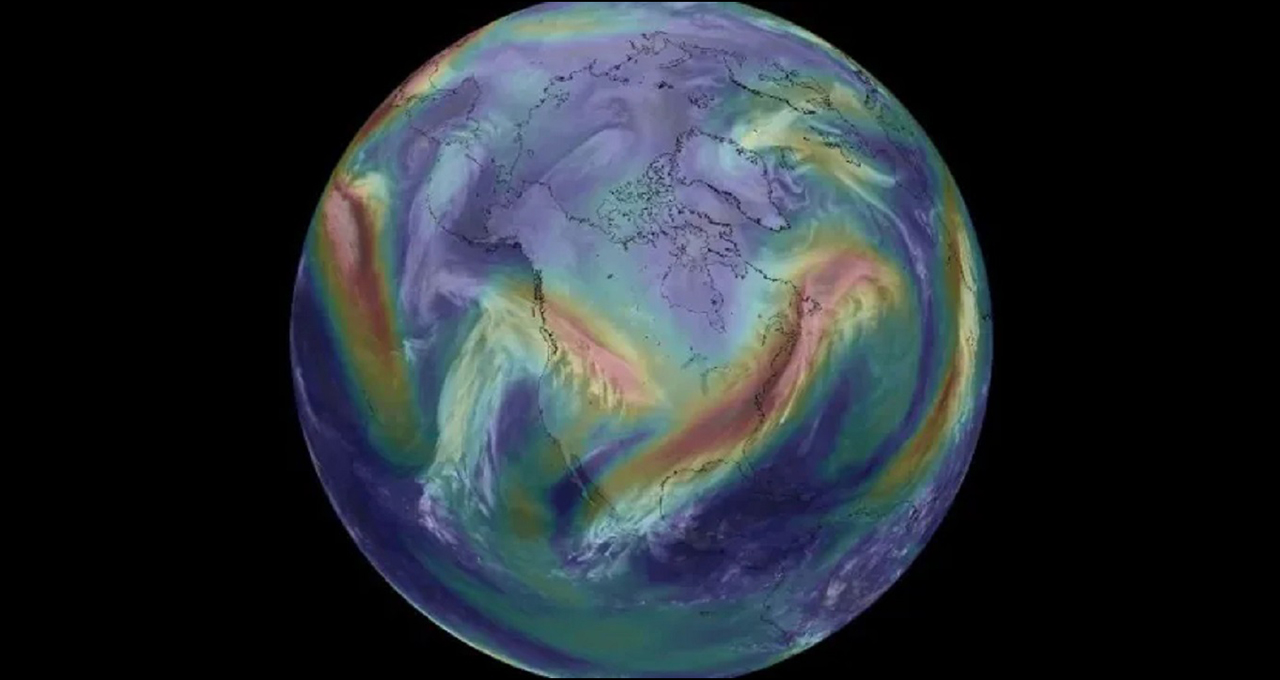The supercomputer behind Canada’s weather forecasts is getting an upgrade, adopting NVIDIA networking to support long-running, computationally intensive environmental models.
Located in Quebec, the system runs a complex forecasting and data assimilation system known as GEM — the Global Environmental Multiscale model. The model processes information about temperature, air pressure and wind to produce both regional and global forecasts.
Built by IBM, the high performance computing system is the main weather cluster for Environment and Climate Change Canada, the government agency that coordinates environmental policies and produces the country’s weather forecasts.
Due to the complexity of the data and simulation programs required to model atmospheric changes, scientists using GEM require powerful interconnect technology to rapidly move data across the system.
Set to go live this year, Environment Canada’s upgraded supercomputer incorporates NVIDIA HDR InfiniBand networking, featuring NVIDIA ConnectX-6 adapters and hundreds of NVIDIA Quantum InfiniBand switches in a DragonFly+ topology.
The flexible, 3,800-node Lenovo supercomputer can support workloads of any size. Researchers developing large-scale production models may require use of the entire system. Weather forecasters can instead run multiple time-constrained jobs in parallel, with each application using a customized number of processors. And, for other HPC applications, users may run workloads of varying size, taking advantage of the system’s high performance and throughput.
Sunny Outlook for Supercomputing and Weather
Managed by the Shared Services Canada government agency, the Environment Canada system will support atmospheric and environmental science research projects while also maintaining a real-time, weather forecast production environment running around the clock.
Environment Canada has used supercomputers for atmospheric science weather forecasting for more than 50 years. But the quality of a forecast depends on the level of data complexity and resolution a supercomputer can handle.
The GEM model is based on a variable-resolution strategy, so researchers can look at forecasting for the whole planet at a uniform resolution, or they can choose specific coordinates — such as a region of interest within Canada — to create a high-resolution subdomain that provides a finer-grained analysis.
To run complex environmental models like GEM, scientists rely on systems with interconnect technology to accelerate their applications and improve scalability. NVIDIA InfiniBand’s technological advantages have made it a go-to solution for climate research and weather forecasting by services including NASA, the Spanish Meteorological Agency, the China Meteorological Administration and more.
With NVIDIA InfiniBand with in-network computing and smart offloads, supercomputers can quickly transfer data, increasing efficiency and reducing latency across the data center so the complex environmental models can run faster. And InfiniBand’s standard technology ensures forward and backward compatibility, with support for open source technology and open APIs.
Learn more about NVIDIA InfiniBand networking, and watch the NVIDIA ISC21 Special Address to get an in-depth overview of the latest supercomputing news.
